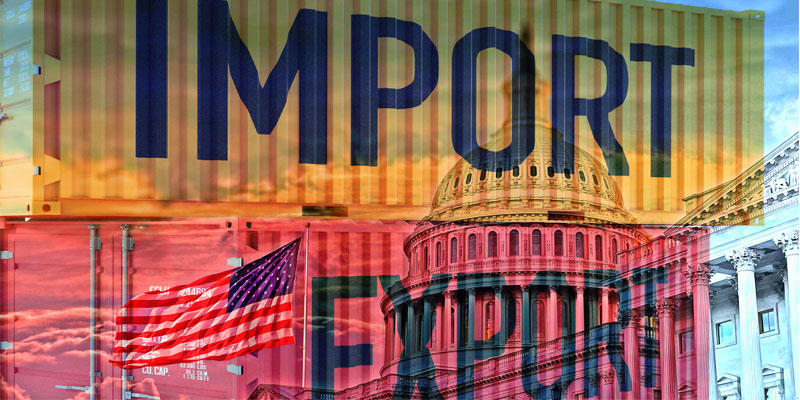
Going international is a proven and effective rapid growth strategy, but expanding your eCommerce offer into global markets requires preparation.
The global cross-border eCommerce market is projected to reach over $1.5 Trillion by 2027, up from $532 Billion in 2020. Growing at an annual rate of over 15%, the benefits of going international are massive – if you get the basic steps right.
LANGUAGE
Translating your site into your target market language is critical, but taking shortcuts, like neural machine translation (MT) don’t take into account local contextual and cultural details and you’re far more likely to win over new customers when you make the effort to make their experience similar to ‘local’ brands.
While localisation is more time-consuming than a basic translation, it’s a good investment that will always pay off.
CULTURE
Moving into new markets means considering and adapting to cultural differences, because the content that’s successful with one target audience, may have very different perceptions and could easily be offensive, inappropriate or irrelevant elsewhere.
Consider also translation of web site metadata, alt tags and keywords, which are needed to align with your SEO strategy. You’ll also need to consider return and exchange policies and be aware that shoppers in some countries may assume that purchases are final.
CHECKOUT
Localising the checkout experience is as critical as the translation, because local buyers are likely to abandon their cart, if there’s anything they don’t understand, or the product price is out of step with the prevailing market.
Sales are also at risk if the product isn’t available in the local currency and payment options are unfamiliar, or if fields are not localised.
MARKETING
Branding strategies, colour palettes, key messages and marketing campaigns should all be evaluated and adapted as appropriate.
Altering product shot backgrounds and using models from your target market will go a long way to making your site and marketing more ‘localised’.
OPERATION
The biggest challenges that business owners face in global eCommerce are nearly all shipping and logistics related including, customs, cross-border shipping and returns, managing delivery expectations and tracking deliveries.
Online retailers that offer premium delivery services typically grow 60% faster, so while it may be easier to offer standard delivery options, the expedited alternative will deliver most value.
With regional eCommerce fulfilment centres and 71 offices, in 23 countries, we have the scale, resources and capabilities to extend your markets with localised shopping experiences.
We offer global economy and express delivery services for international parcels, together with bulk cross-border shipment and local post delivery, for eCommerce companies looking to grow their global business.
Total inventory visibility and trackability, from source to sale, in a secure, controllable and scalable environment, means that you can easily extend your market reach and realise your full brand potential.
Oriental Global Logistics (OGL) is the eCommerce subsidiary of Global Forwarding, with fulfilment centres in Hong Kong, New Jersey, and Heathrow for the super-efficient processing of inbound stock and returns.
VISIT the Oriental Global Logistics web site, or EMAIL OGL’s managing director, John Ruan, to learn more.





